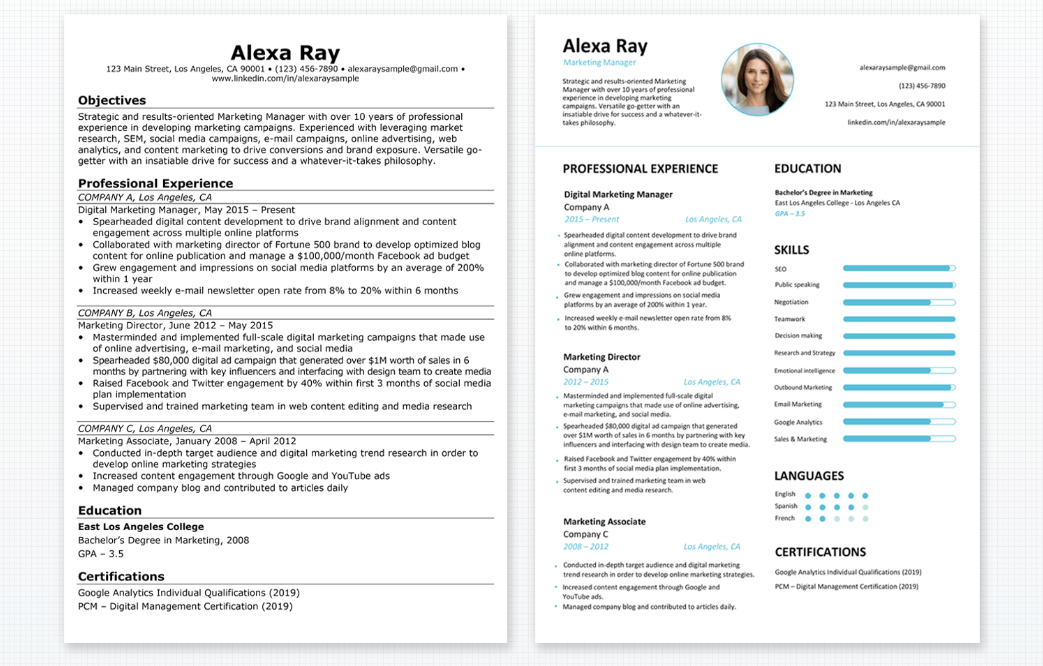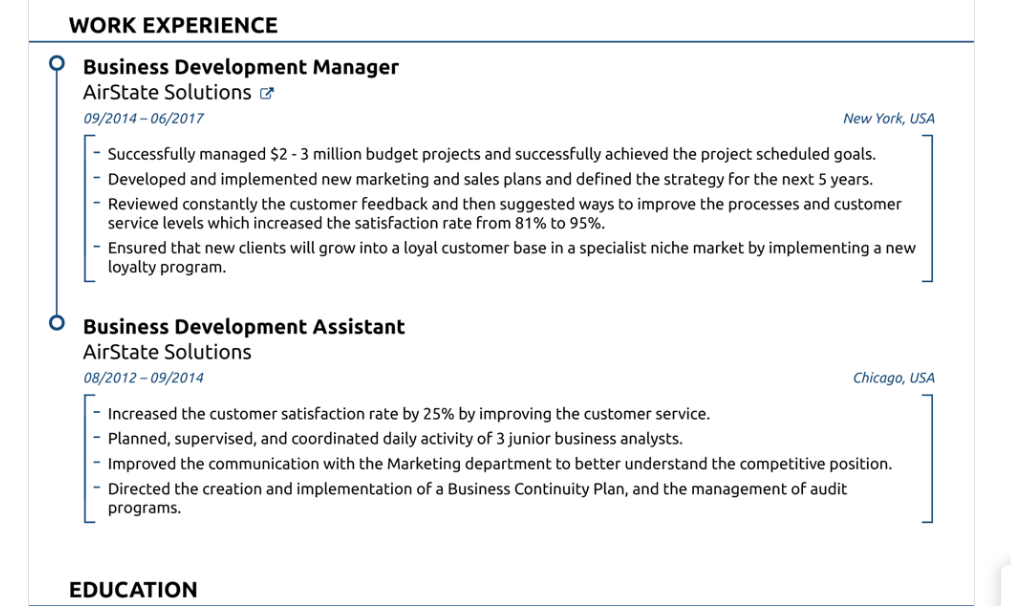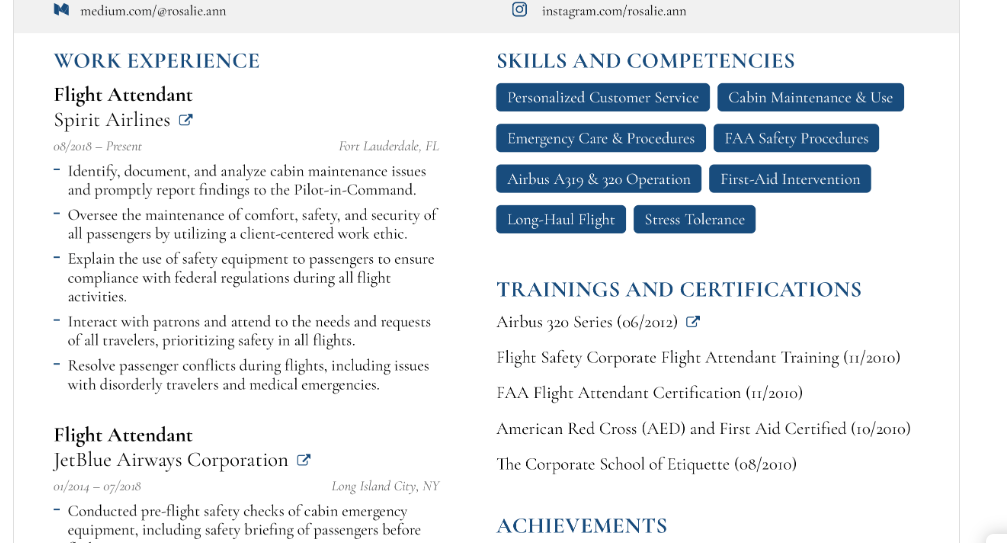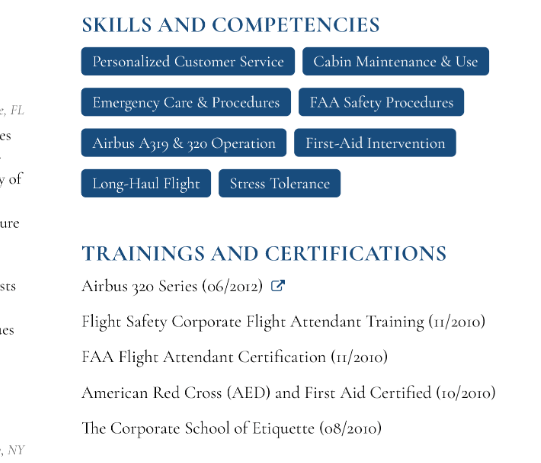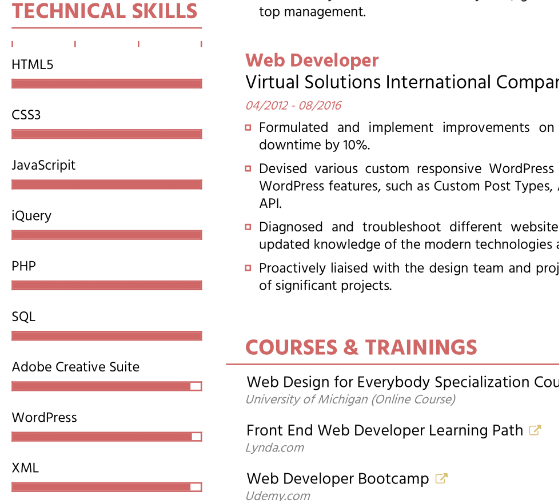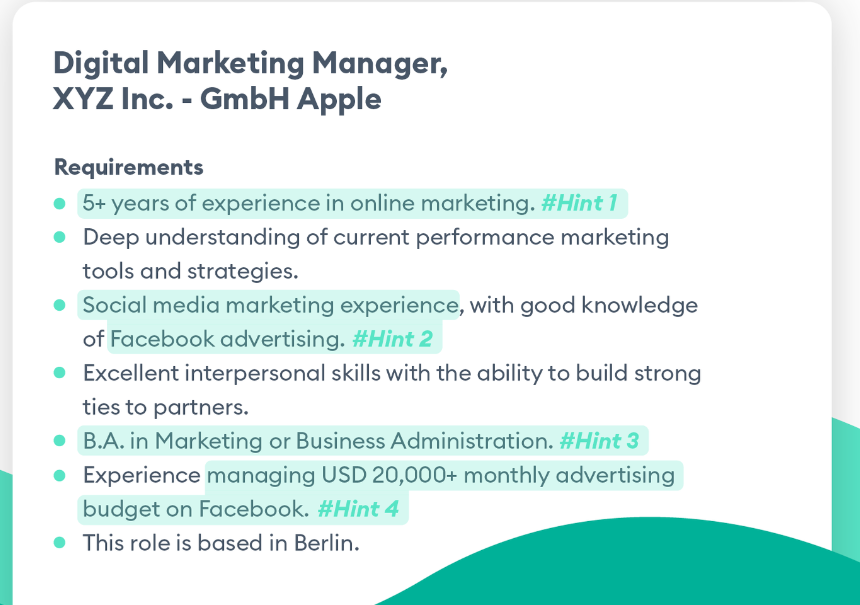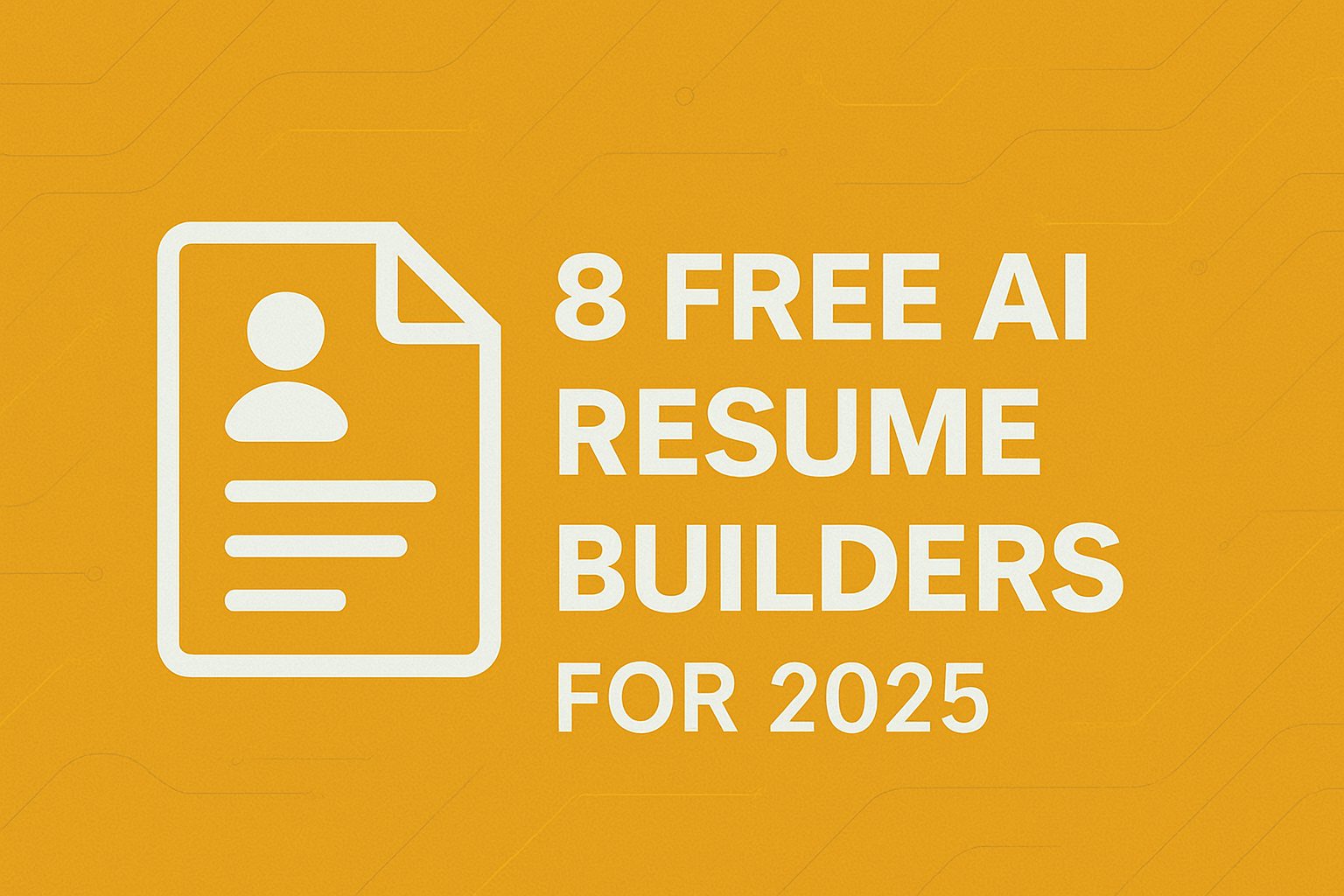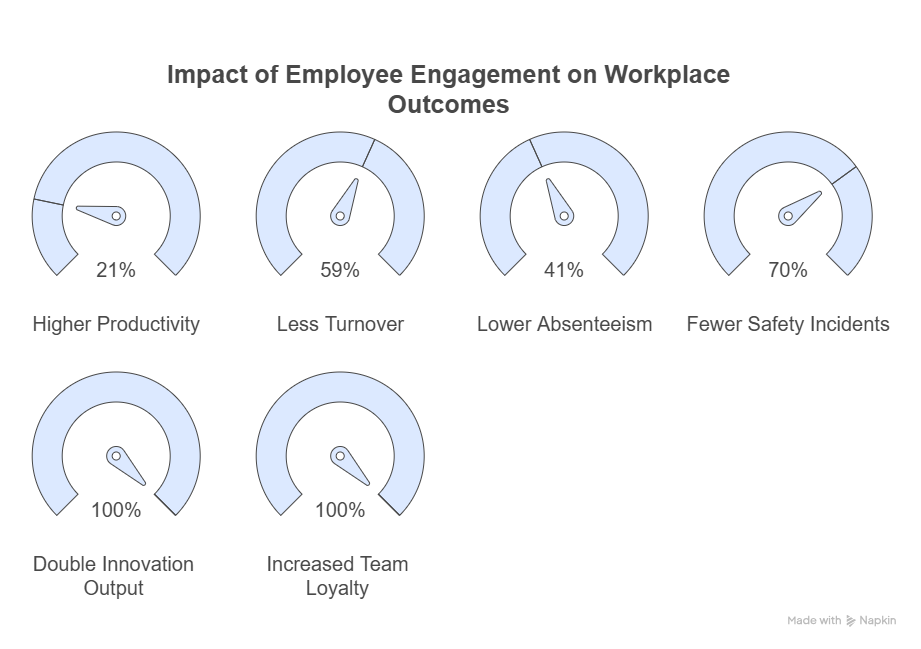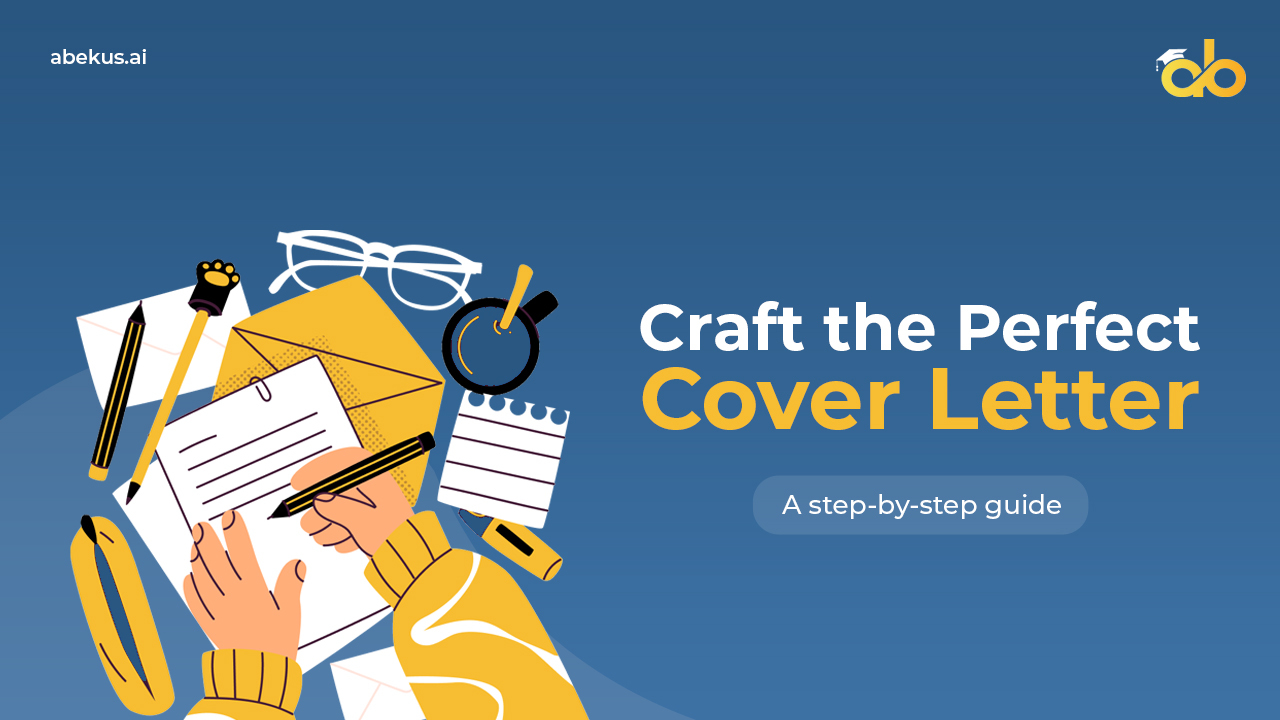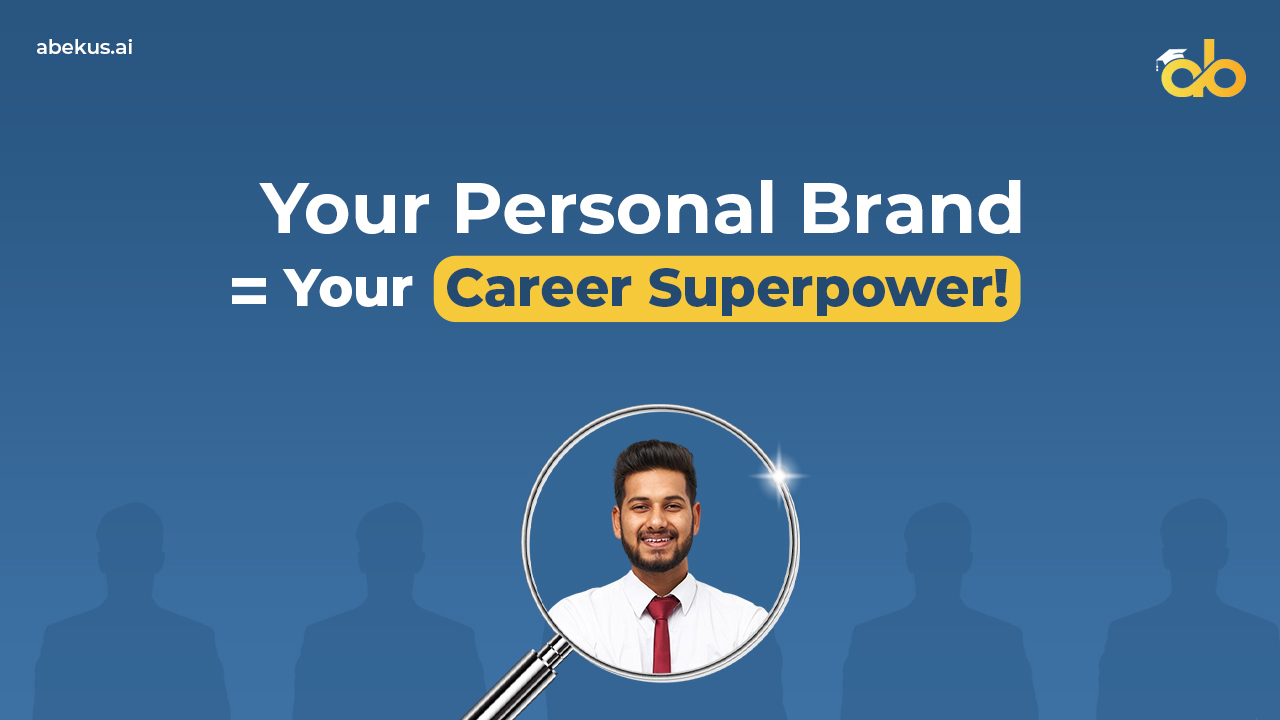Your resume is your first appearance before the recruiter, and if you fail to grab attention in your first appearance, your resume will likely get lost in a black hole.
You send resumes daily but hardly hear from recruiters and companies.
If this happens to you chances are your resume is not speaking up for you. It does not catch the attention of the people who are hiring.
To pass the first step, you need a resume that shines. It should highlight your skills and capabilities without bogging down the reader’s attention.
Today, we are going to talk about how to create a resume that speaks for you and leaves a lasting impression that gets you past the first stage of the hiring process.
How The Resume Game has Shifted 180°!
Today, digital space has become the go-to platform for almost all business and personal needs. We can reach hundreds of companies each day with ease. This was not the case earlier.
This increased reach means more and more people bombarding HRs with thousands of resumes. No human is capable of handling this much volume. And because this is a problem, technological advancement has provided a solution – ATS.
When you apply for a job, your resume first goes through a software called ATS – Application Tracking System. If ATS thinks of a resume as unfit, it gets discarded well before a human ever sees it.
How do you align your resume with ATS?
We’ll discuss it all in our tips to create a perfect resume that wins you your dream job.
Before that, here is more to how the resume game has shifted 180°, primarily due to technological advancements and evolving expectations:
- Digital Dominance – ATS and social media has taken the top seat in the hiring process
- Keyword Optimization – Not just ATS but your online presence is analyzed for job-specific keywords
- Visual Appeal – How your resume looks impact how you get perceived by the HR
- Skill-Based Focus – Soft and hard skills get equal credit
- Personal Branding – If you can present yourself as an authority figure in your field, your resume will get a push
Let’s examine each of these aspects more closely in the next section.
Examine your resume with a resume analyzer to determine if it fits into the perfect resume category!
7-Step Guide to Crafting a Perfect Resume
When creating an outstanding resume, your aim must be two-fold:
- Winning over the ATS system
- Impressing your HR
Your resume must excel at both these.
47% of HRs agree that finding quality candidates is a tough task.
When HRs look at your resume, they usually ask 3 basic questions:
- What do you do?
- How and why do you do this?
- What are the results?
Your aim is to tick mark all these areas and be ready for the moment when your HR asks you, “Walk me through your resume please.”
1 – Picking the Right Format
This is the most interesting part of creating a perfect resume. The visual appeal of your resume will be the first thing that will spark your HR’s interest. This means picking the right format that is visually appealing.
There are a few options that you can choose from while choosing the right resume structure:
- Resume Builders
- Resume Templates
- Starting from scratch
All these have pros and cons, and you must choose what fits you.
Resume builders are online software that can come in quite handy in automating the process of organizing your information and eliminating some of the legwork. Canva is a great example of this.
Alternatively, you can use a pre-made template that you can download and edit for yourself.
You may also simply start with a clean slate to have more control over the formatting and design. This option will surely be time-consuming. However, it will also provide you with a free hand at how you want your resume to be.
Common Resume Types
Next comes the format of your resume – how do you want it to be structured?
Most resumes can be summed up into a few formats. The three most common resume formats include:
- Chronological Resume – This format is all about listing your experience in chronological order (recent experience coming last in the list). This is the most traditional format. Some people even believe that listing your most recent experience first is the best choice. This is called ‘reverse chronological order.’ If you have a consistent career path with no gaps, it might suit you.
- Functional Resume – A functional resume prioritizes your skills and accomplishments over your work history. If you are shifting your career or have gaps in your employment, a functional resume might fit.
- Combination Resume – Most people use the combination resume format because it gives equal value to both experience and skills.
These are the basic formats. Today the game is changing and you may even think of taking a creative leap. But make sure you take care of these next steps in creating a perfect resume while leaping over traditional resume formats.
Choosing Visual Elements While Making a Resume
Format is one aspect of your resume’s visual appeal. Here are other factors to consider so that you don’t make your HRs wince back while looking at your resume:
- Fonts – Opt for clear and easy-to-read fonts like Arial, Calibri, or Times New Roman. Sans-Serif font style gives an upper hand over Serif when it comes to readability.
- Layout – Focus on clean and uncluttered layout with consistent margins and line spacing. Single to 1.5 line spacing works best.
- White Space – White space is vital and adds to the visual appeal. Imagine filling your home with nothing but furnishings. It’ll be noisy.
- Headings and Subheadings – These will help you organize your information and make it easier to navigate.
- Bullet Points – Use bullet points, just as we are using here, to list your responsibilities and accomplishments.
2 – Stepping Into the Basics
After deciding on the right resume format, think of adding the basic details that each resume must have. Collect information to be included in these.
6 things every resume must have
- Basic Information – Your name, number, and email address, all these elements must be included in an area where best visible. Some prefer it in the header, some on the left. Wherever you write these, ensure they are bold and visible.
- Education – Either in chronological or reverse-chronological order
- Experience – Showcase all your relevant job experience
- Skill-Sets – Both soft and hard skills must be included
- Activities and Hobbies – This gives them an insight into your after-office mindset
- Accolades – They add to your competence and work the same way awards do for companies
These things together provide HRs enough insight into your mindset. If it’s positive, your chances of getting calls for the interview will get multiplied.
Should you include your social media links in your resume?
Today, digital presence is everything, even when it comes to your jobs. Many companies prefer social links to be included in your resume. This does not have to be your FB. Including a LinkedIn profile link, Twitter link, and GitHub link, will do the job nicely.
These social media websites are often linked to professionalism and adds weight to your worth. However, always ensure these are maintained well. Otherwise, you’ll feel the heat.
You may include other social media links too, given that they are relevant to your job profile. For example, if you are applying for the role of ‘Instagram Writer’, dropping your social media link will speak more than you ever can.
3 – Add Experience- But Tailor It to Industry
If you are a newer, you might not have enough information regarding experience at hand. In such case, think of adding these things:
- Internship experience
- Volunteering
- Freelancing experience
- Relevant school projects
- Part-time jobs
However, if you have worked full-time in the past, there are two ways to add experience:
- Either include all your experience under one heading — Work Experience
- Or divide total experience into two parts — Relevant Work Experience and Additional Work Experience
Tailor the information based on the industry you are applying for. For example, if you have experience in marketing, skip it if you are applying for a tech job.
This section might take a big space in your resume. It must be brilliant, clear, well-structured and should show growth.
Add information here that shows how your work contributed to growth and what impact it created.
Using reverse-chronological will benefit you here because most HRs look for the latest relevant experience.
Here is how to structure the ‘Work Experience’ section in your resume:
- Job Title – Company’s Name (Year-Year)
- Qualitative experience and Quantitative experience
And so on. For example,
Digital Marketing Specialist | [XYZ Company] | | [20xx-20xx]
- Increased organic website traffic by 25% through targeted keyword optimization and backlink building.
- Achieved a 3.5 ROAS on Google Ads and Bing Ads campaigns through effective targeting and bid management.
The key here is to show what skills you used, where you used them, how well you used them, and what the results were. Be the master of brevity here (in fact, throughout your resume).
Here are a few tips to use while writing this section:
- Use past tense for past work experience and present tense for ongoing roles
- Use strong action verbs
- If possible, hyperlink your work to add credibility
4 – Education
Education is important, even in your resume. Some people add it before their work experience, and some add it after. We suggest you add it after because this will be the second thing HR will look for after ensuring your expertise through your work experience.
Include three things in the ‘Educational Background’ section –
- Degree (High School, Intermediate, Graduation, Post-Graduation, Ph.D., etc.)
- Name of educational institution
- Year
Apart from this, you may think of adding a few more things (if space allows you to). These are GPA or grades, field of study, location, etc. Know what might be noise and what will add value.
The most important thing in this section? HONESTY
Adding fake education is not only an offense but it might even get you blacklisted in that company forever. HRs may do a background check, both regarding experience and education.
5 – Skill and Certification
Skills and certifications are a must if you want to make a perfect resume. Here is why:
- It allows HRs a quick skimming of your capabilities
- It allows ATS to parse your resume and analyze
Most companies code ATS to filter resumes based on skills. Not adding it removes half of the potential jobs you can win.
There are two types of skills that you must include:
- Hard Skills (Technical and Industry Specific) – Python, SQL, SEO, HubSpot, Salesforce, CMS, Data Analysis, SMM, SEM, etc. You get the idea.
- Soft Skills (Personality Traits) – Leadership, Communication, Brain-Storming, Adaptability, Problem-Solving, etc.
Where degrees add to your foundation, certifications showcase that you are curious and a learner for life. Both are equally important.
Starting a new career, shifting careers, or changing a job might require you to learn new skills and get certified. There are numerous websites on the internet where you can upskill yourself and get digitally verified certificates. Add these to your LinkedIn and other social media profiles and resume.
6 – Adapt to ATS (Application Tracking System)
Today, your resume must fit the requirements of an ATS. ATS is a digital gatekeeper. It scans and filters thousands of resumes based on job-specific keywords, phrases, and formatting criteria. If your resume doesn’t align with the ATS’s requirements, it will be rejected before a human ever sees it.
For this, you need to pick up two things to work on:
- Keyword Research
- Keyword Infusion
Keyword research around ATS is all about finding the job-specific keywords that companies use to find, parse, and filter your resume.
Keyword Research for ATS:
To find the right keywords, all you need is to read job descriptions.
- Simply go to job platforms such as LinkedIn, Naukri, Indeed, etc.
- Search for jobs relevant to your profile and experience.
- Read job descriptions and pick up relevant keywords (soft and hard skills, experience, responsibilities, etc.) that you think rightly describe you.
Infuse job-specific keywords and make your resume ATS-friendly
Next, place these keywords strategically throughout your resume. Here are some tips to work through this:
- Resume Heading – Infuse your job title in your resume heading, just below your name.
- Example – Senior Content Strategist
- Skills Section – Infuse the right keywords related to the skills and certifications you picked in the previous step inside the relevant sections.
- Example – SEO, content marketing, social media, copywriting, content strategy, analytics, keyword research, content creation, content management, HubSpot, email marketing, AdSense, etc.
- Work Experience – Highlight keywords related to accomplishments, responsibilities, etc. in your work experience or job descriptions, but naturally.
- Example – Increased website traffic, drove lead generation, improved brand awareness, developed content strategies, conducted keyword research, created content calendars, analyzed website analytics, etc.
7 – Proofread For Perfection
It takes days to make a perfect resume and only one mistake to get discarded by HR. So, please proofread your resume (twice or thrice if possible) to make it error-free. It must be clear, visually appealing, and accurate.
Use these resume proofreading tips:
- Read aloud and you might soon notice some mistakes that might have escaped you during a silent reading
- Ensure consistency in fonts, formatting, spacing, colors, tone, pitch, and your experience.
- Double-check all dates, numbers, contact information, etc. for accuracy
- If possible, ask your friends and family members for feedback
Once done, save your resume in a pdf format. Be the master of brevity and try keeping it under 1 page.
Final Step
Analyze your resume using a resume analyzer to ensure everything in on point.
The Bottom Line
A resume is your first impression on HR. To ace it, you must ace your resume-making game.
This is what happens when you create a perfect resume-
Today, making a perfect resume is 1 part ATS and 1 part content clarity. Before your resume even sees a human, it goes through an ATS (Application Tracking System). To win over ATS, you must include job-specific keywords that HRs might be looking for – both technical and non-technical.
Apart from making your resume ATS-friendly, there are areas you must care about. A perfect resume is always clear; rightly formatted for fonts, margin, colors, etc.; includes quantifiable achievements; contains strong keywords; and is strongly proofread for errors.
Take care of these things and you will soon find yourself to be a master at resume making.


